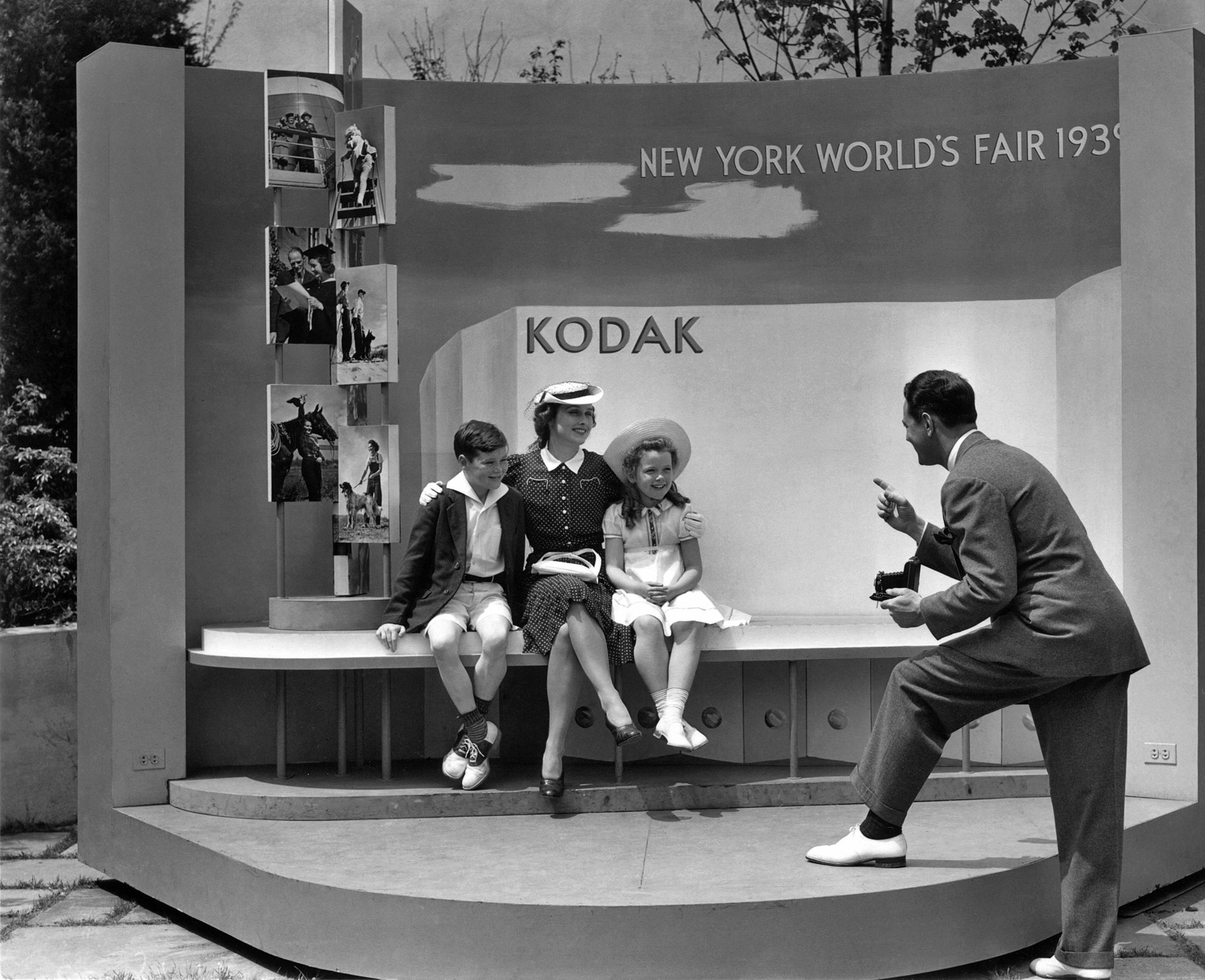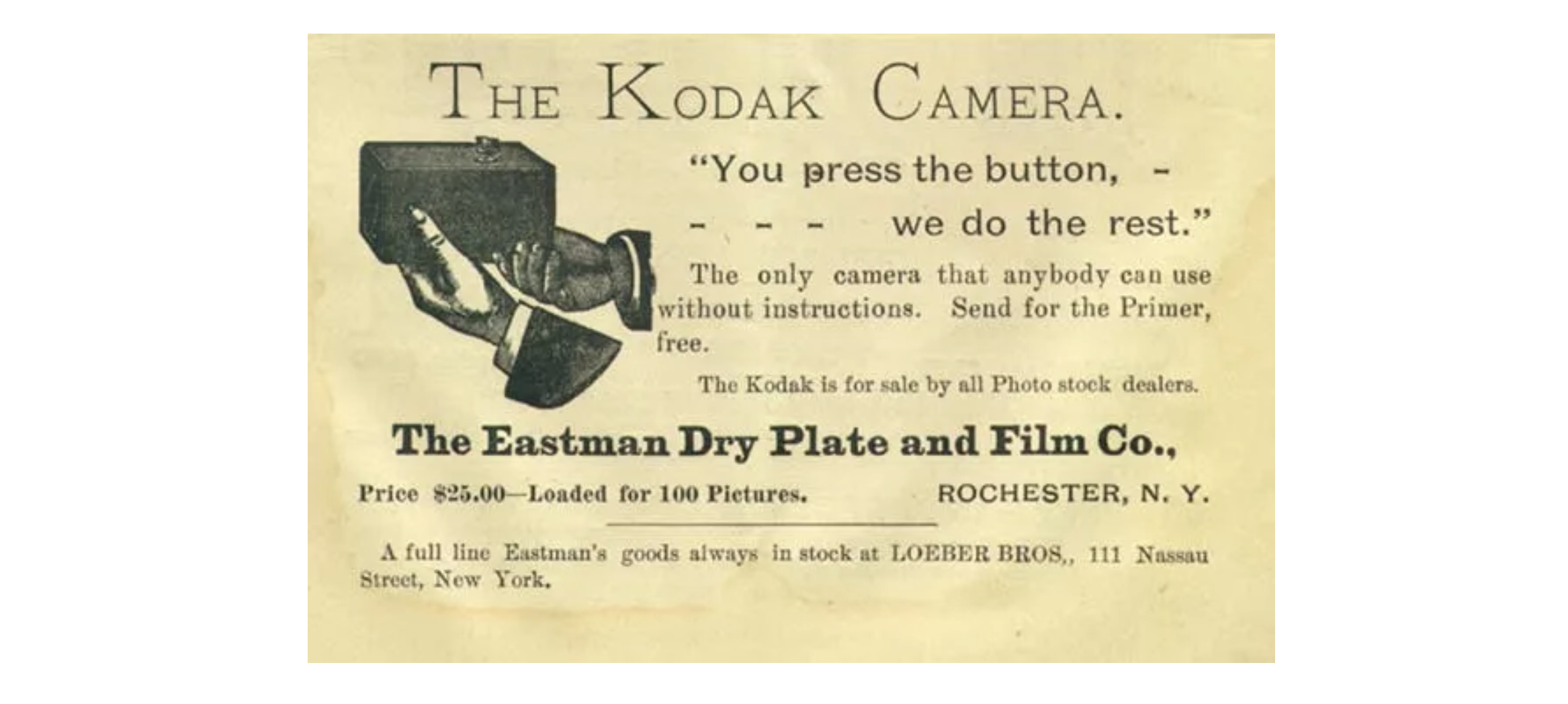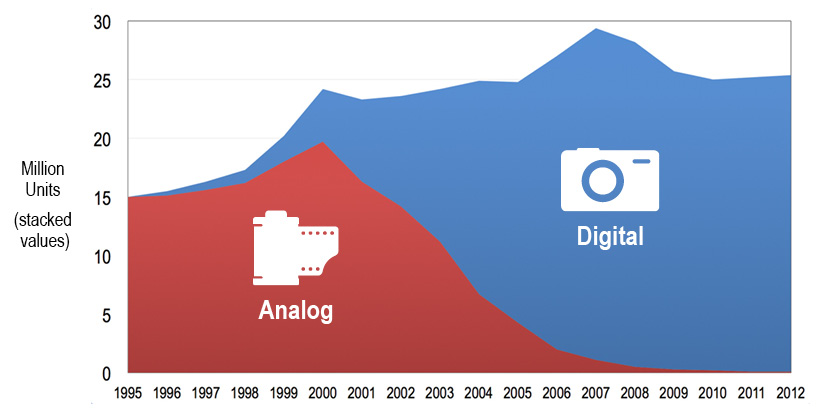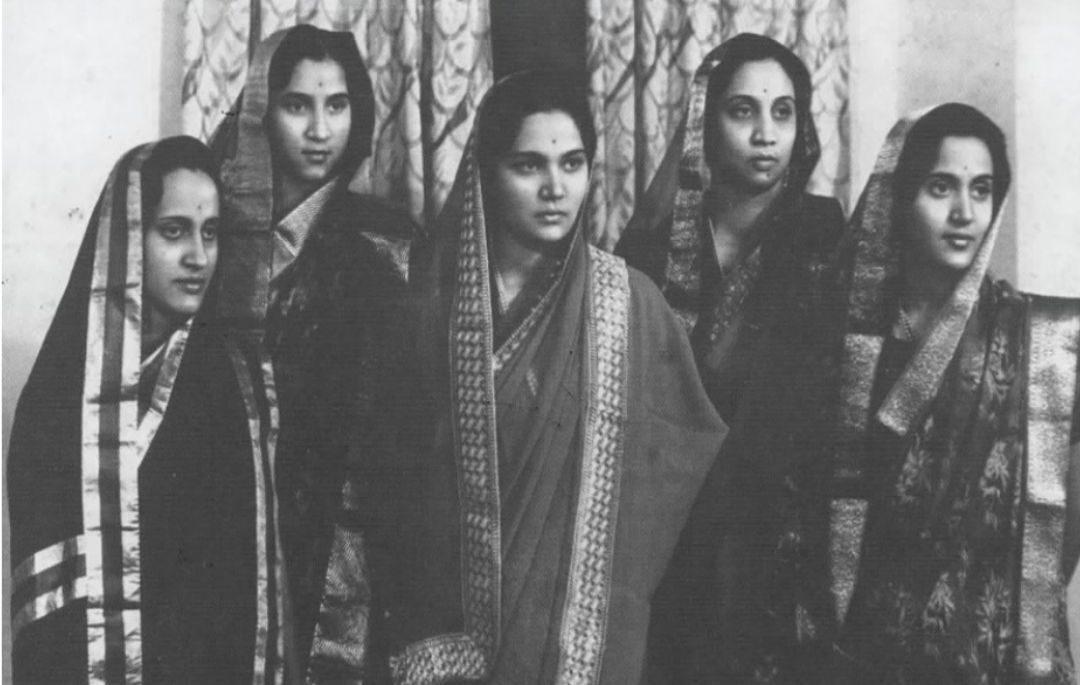Known for its innovative work in the realm of photography, Kodak was once among the most successful companies in the world. The word Kodak moment has meant something to most of us, while growing up. However, Kodak’s tale is also one of failure, as the business failed to evolve with modern times and market developments, which ultimately culminated in its downfall.
An archival Kodak ad
The most successful year for Kodak was 1996. Over two thirds of the global market was monopolised by a single company. The business’s market value was over $31 billion, its revenues were approximately $16 billion, and its stock price was above $90. In terms of brand value, Kodak was ranked fifth in the world.
It was back in 1977 when Steve Sasson, a lifelong research engineer at Eastman Kodak Company, changed the future of photography when he invented the world’s first digital camera. However, this iconic and legendary invention was met with much speculation and skepticism by the management of Kodak.
Steve Sasson with the world’s first digital camera
The term “digital” was uncharted territory and perilous to the Kodak management. According to Sasson, “They [Kodak] did not like the phrase “digital” and decided not to go ahead with this innovation.
Kodak’s refusal to embrace digital photography was one of its greatest missteps. Even though it was one of the very first companies that developed a digital camera, the company was hesitant to fully embrace the technology, fearing that it would cannibalise its existing film business. This choice turned out to be a disastrous error since, as digital photography took over, soon after leading to the plummet of Kodak’s film revenue.
The photography industry started gravitating towards digital in the 1980s. An obvious step at that time would have been for Kodak to transition to digital, especially since the invention of the digital camera was under its purview. However, ironically, Kodak went on to create a brand-new line of business: printers. While competitors generated money by adapting to the digital trend, the company focused on the printing industry, creating expensive printers and low-cost ink. By the time the company decided to join the digital bandwagon, it was already too late; complacently, it continued to focus its market on analogue cameras and film.
The rise of the digital revolution as a graph
Times kept evolving; and soon smartphones entered the business leading to the decline of the sales of digital cameras. Instead of printing images, images were being stored on digital devices or being posted on the social media-verse.
Many years before Facebook, in 2001, Kodak took a startling commercial decision and bought the photo-sharing website Ofoto. Kodak stubbornly still attempted to increase the number of people who print digital photographs with Ofoto rather than following a social media route.
Kodak declared bankruptcy in 2012, leading to the downfall of one of the greatest companies in the world. It was when Facebook was paying $1 billion to acquire Instagram, the newest and most popular photo-sharing social network, leading to the next photography and digital revolution.
After emerging from the ashes in 2013, Kodak now concentrates on chemistry and commercial imaging. There are currently five tabs on the Kodak website: “Print,” “Advanced Materials and Chemicals,” “Motion Picture,” “Consumer,” and “Company.” Many items, most of which were produced under licence, including their digital cameras, can be found under “Consumer” and bear the Kodak mark.
Words by Akanksha Maker
Images by the Kodak archives







